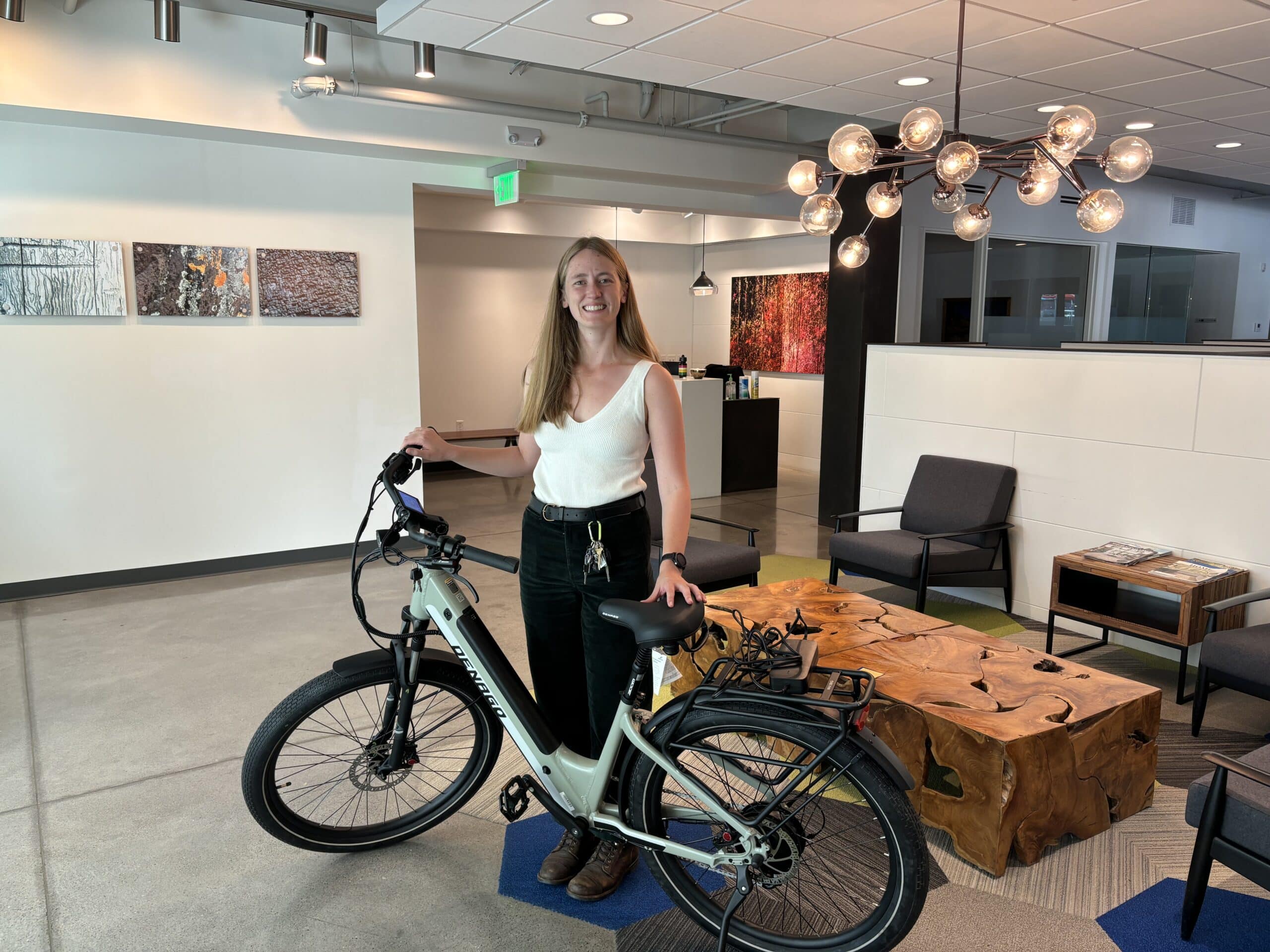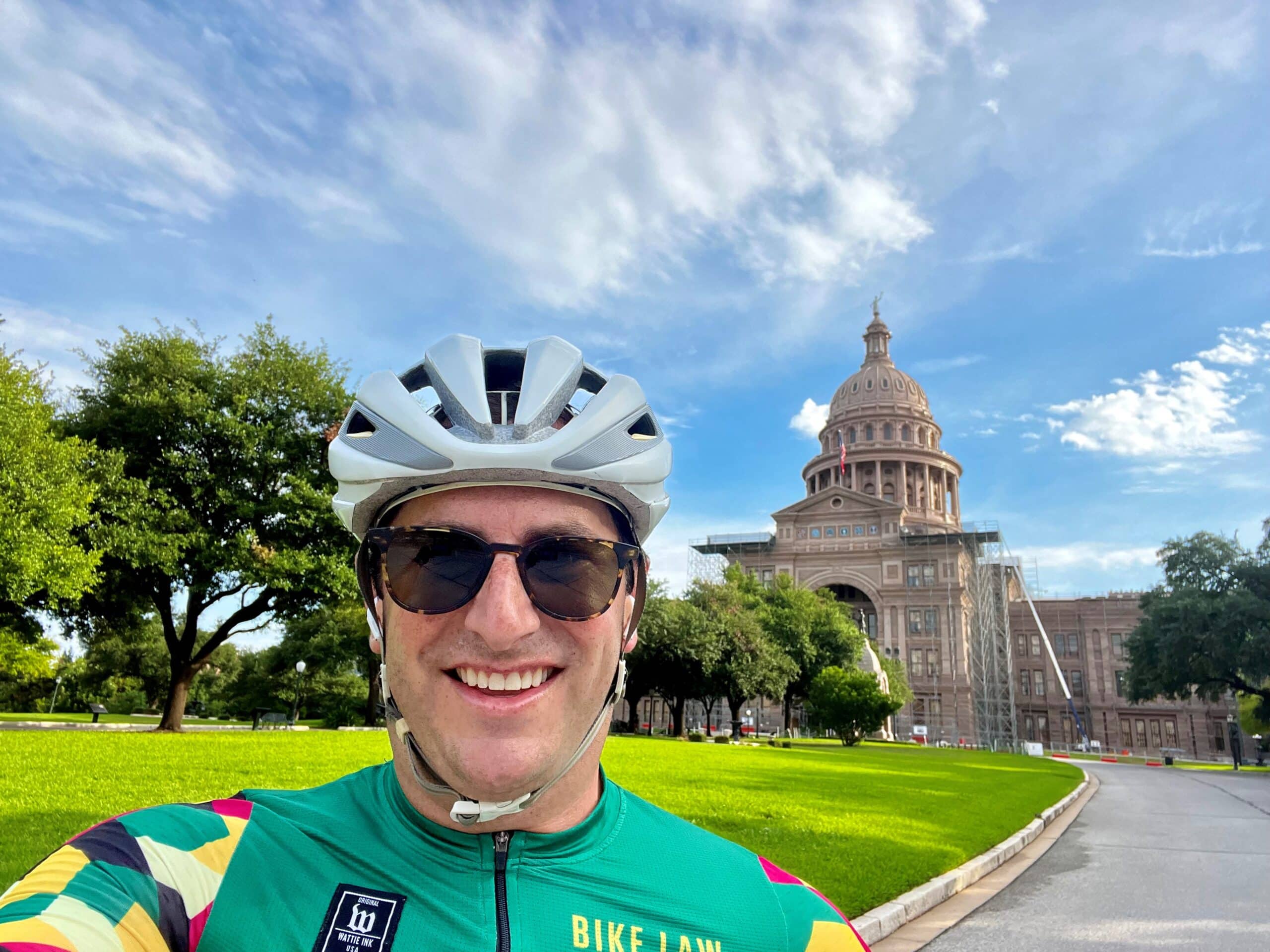This past Monday I attended the Moving People Forward conference in downtown Denver. The conference was hosted by Bicycle Colorado in lieu of their annual Colorado Bike Summit which has been moved to later in the year.
Leaving the conference I had mixed emotions from my attendance. As I boarded the commuter rail back to my suburban neighborhood I asked myself a few questions.
What did I learn? What surprised me? How do I feel about mobility in Colorado after the day’s events?
Budget Over Vision

The ever inspiring Brent Toderian kicked off the day by reviewing how cities across the world are leading the transportation transformation, his experiences in Colorado the day before and his recommendations on how we could make positive changes to our state’s mobility planning. Within his slides, he showed examples of cities prioritizing humans and places over moving more cars. Brent also discussed how important a city or state’s budget is, and how the budget truly shows a city’s aspiration. I hope his speech was eye opening for those in the audience and a gut check that Colorado really isn’t doing many things well for transportation or mobility in our state.
After Brent, we heard from Denver’s Mayor Hancock. This is the moment in the conference I moved from excitement to hope. In his speech, there were standout quotes such as,
“We need to absolutely transform our city from a car-centric city to a people-centric network.”
Mayor Hancock
In the end, it turned out his war cry for a people-centric network is going to be funded by a proposed bond. This is a reasonable solution. No, it really is. We MUST find money to create safer streets and projects, but why aren’t we finding it in our current budget? Why are we continuing to prioritize transportation funding to vehicles instead of humans?
Colorado Governor Hickenlooper echoed Mayor Hancock in his commitment to biking. It seemed the governor’s aides did not clue him in that the conference was on moving people and not solely biking as 100% of his speech was on bicycling around Colorado. It would have been wonderful to hear about mobility and complete street projects across the state.
The Denver Director of Transportation and Mobility, Crissy Fanganello, led a great update on biking and walking in Denver. She spoke about the numbers for both walking and biking, and I would love to see her slides as she had to rush through a few of them due to timing. Her well-prepared presentation ended in a request for everyone in the room to drive safer and obey the speed limit. I believe Crissy meant well for this closing remark. It did come across as her turning the blame from the city’s infrastructure to the forward focused transportation audience in front of her. We will be jumping into this topic over the upcoming weeks and look forward to a heated discussion.
Data. What data?
One of the breakout sessions I sat in on was on the Data Revolution. As a recovering data analyst, I had great hopes that we would see jaw-dropping stats, graphs, and revolution creating numbers.
In reality, People for Bikes pitched their new program, Places for Bikes. Their Director of Research went through the details of the ranking system for places, and their goals of the program. It is an exciting carrot for cities and towns, and we will have a separate article on Places for Bikes soon.
Another company, See Click Fix, talked about their system to allow citizens to report concerns and issues through a central app or website to their city. The program looks amazing but will rely heavily on a city staffer to monitor and delegate the concerns.
Finally, Peter Kozinski, Director of the Colorado DOT RoadX Program discussed the uphill battle that CDOT has, and their RoadX Bicycle and Pedestrian Challenge to encourage public ideas on designing a better transportation system.
The open panel discussion at the end of the presentations was helpful and opened a dialogue between citizen, city and town stakeholders. It would be great to see a follow-up webinar on how agencies to citizens can use open source data to tell a compelling story. How can we use freely available data to make a sharpened pitch for clear channels of funding from the city, state?
Next Steps
These conferences always leave me equally inspired and perplexed on what the next steps are as a citizen, advocate and transportation catalyst.
How can I have a greater impact on the mobility and transportation cause? How can we educate and then amplify this social justice?
I will continue to tackle these questions and thoughts in the upcoming weeks with articles and videos on our Bike Law channels.








